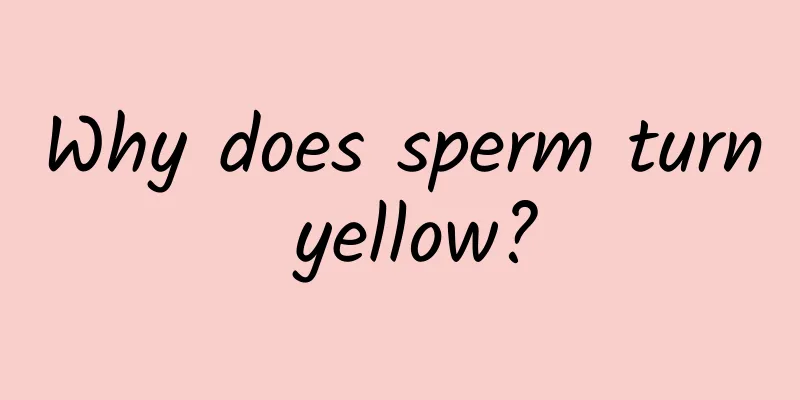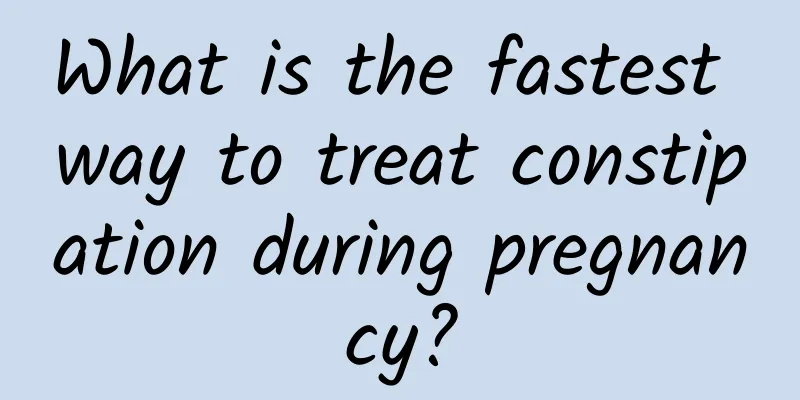What are the dangers of hysteroscopy and curettage?

|
In recent years, there are more and more female diseases, including common gynecological diseases such as endometrial polyps, irregular vaginal bleeding, endometrial lesions, etc. Many women are troubled by these diseases, and if not treated in time, it will affect fertility. Most gynecological disease examinations will include hysteroscopy, especially uterine polyps or endometrial problems, which generally require examination and curettage under hysteroscopy. So what are the dangers of hysteroscopy and curettage? Both hysteroscopy and dilation and curettage are secondary surgeries, and both can usually be performed under anesthesia without causing pain during the procedure. Endometrial polyps can be treated with medication or surgical removal. Medication treatment usually uses hormone drugs such as progesterone to perform medical curettage to see if the polyps can fall off. However, if they do not fall off in the long term, direct surgical treatment is recommended for more thorough treatment. Hysteroscopy is a minimally invasive technology that causes very little harm to the body. It is a new, minimally invasive gynecological diagnosis and treatment technology. It is a fiber-light endoscope used for intrauterine examination and treatment, including a hysteroscope, an energy system, a light source system, a perfusion system and an imaging system. It uses the front part of the scope to enter the uterine cavity, which has a magnifying effect on the observed area, so as to intuitively and accurately detect gynecological hemorrhagic diseases and intrauterine lesions. In addition, the choice of diagnostic curettage or hysteroscopy should be based on your actual situation. In fact, neither of them causes much harm. Different surgical methods have their own advantages and disadvantages and indications. For endometrial polyps, hysteroscopy is the most appropriate method, which can remove the polyps to the greatest extent possible. The conditions of polyps vary, including size, location, frequency, etc. Simple drug treatment is only suitable for a small number of patients. If it is due to endometrial polyps, long-term endometrial polyps will lead to the stimulation of chronic endometritis. If there are no other symptoms, regular observation is sufficient. And take appropriate oral gynecological anti-inflammatory drugs. If it affects your life. Then, it is best to do the surgery under hysteroscopy.Indications for hysteroscopy: Hysteroscopy is a new, minimally invasive gynecological diagnostic and treatment technology. It is a fiber-light endoscope used for intrauterine examination and treatment, including a hysteroscope, an energy system, a light system, a perfusion system and an imaging system. It uses the front part of the scope to enter the uterine cavity, which has a magnifying effect on the observed area, and has become the preferred examination method for gynecological hemorrhagic diseases and intrauterine lesions with its intuitive and accurate nature. 1. Frequent uterine bleeding: including menorrhagia, frequent menstruation, prolonged menstruation, irregular uterine bleeding, etc.; 2. Infertility and recurrent spontaneous abortion: on the basis of comprehensive and systematic evaluation of both men and women, the causes in the uterine cavity are explored and corrected; 3. Final diagnosis of lesions such as fallopian tubes: those with abnormalities or suspicions indicated by B-ultrasound, hysterosalpingography or curettage can be confirmed, verified or excluded by hysteroscopy; 4. Determination of abnormal conditions in the uterine cavity: those with adhesions or foreign bodies in the uterine cavity, the latter including fetal bone fragments, etc.; 5. Detection and treatment of endometrial cancer and lesions: those suspected of endometrial cancer and its precancerous lesions should be examined by hysteroscopy, and positioning biopsy combined with histopathological evaluation is helpful for early diagnosis and timely treatment; 6. Clinical application of family planning: (1) intrauterine contraceptive device (IUD); (2) application in the diagnosis and treatment of artificial abortion and its complications; (3) diagnosis and treatment of hysteroscopic fallopian tube sterilization. |
<<: What does a hysteroscopy check?
>>: Treatment and nursing of hepatic ascites
Recommend
What are the effects of Angelica dahurica and Poria cocos?
Angelica dahurica plus Poria cocos is a very comm...
What are the Chinese patent medicines that can repair brain nerves?
Nerves, like organs in the human body, are very i...
Why am I so afraid of heat?
In life, because everyone's physical conditio...
Got caught in the crossfire! You must be doing the most harmful things in the dog days of summer
This year's dog days begin on July 17, 2016, ...
What are the flowers that can treat high blood pressure?
Hypertension and high blood lipids are the most c...
How does periodontitis develop?
Periodontitis is a common dental disease. There a...
How to reduce menopausal symptoms?
Menopause is not exclusive to female friends. Men...
The efficacy of drinking water with ginseng and astragalus
Codonopsis pilosula and Astragalus membranaceus a...
Pregnant again one month after uterine curettage
People should not be unfamiliar with the method o...
Why do newborn babies have eczema?
The period when eczema is triggered mostly occurs...
Is moxibustion useful for lumbar disc herniation?
Lumbar disc herniation is a relatively common dis...
Can pregnant women use air conditioning?
It is okay for mothers to use air conditioning, e...
Is a large pituitary tumor serious?
The pituitary gland is a substance that coexists ...
In what situations can autohemotherapy not be used?
In our lives, there are some novel therapies in t...
Why do armpit acne occur?
Many people have experienced getting acne, which ...









